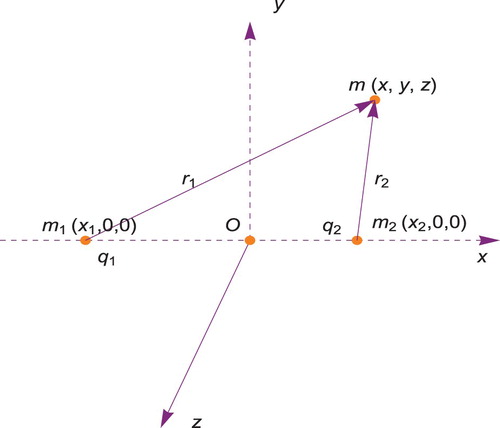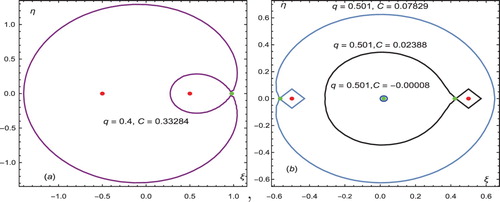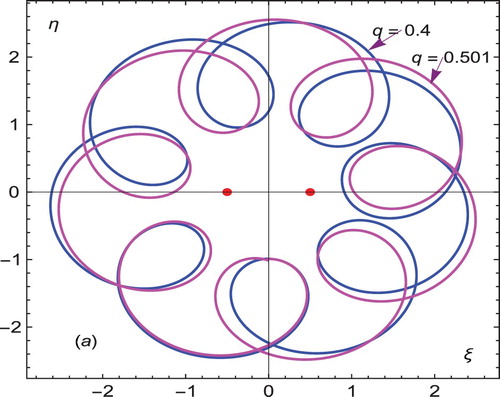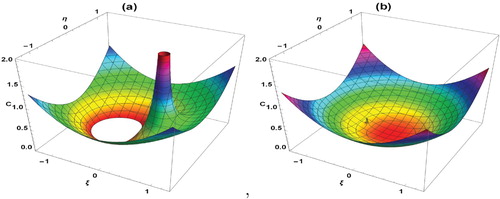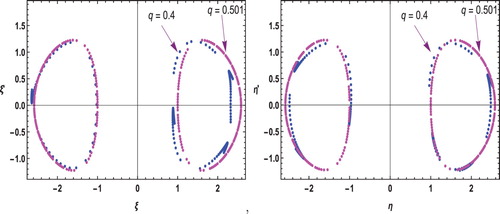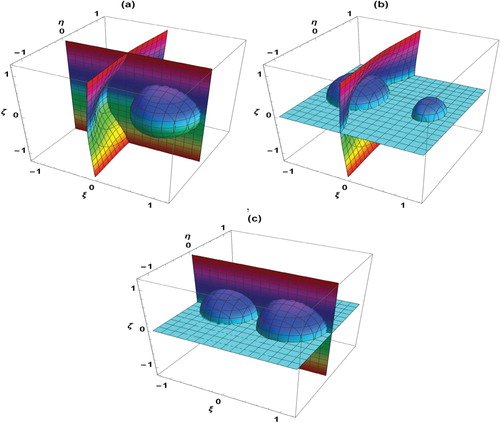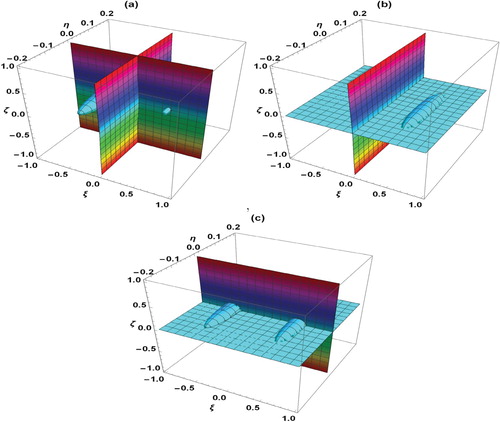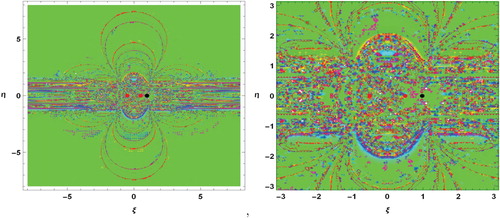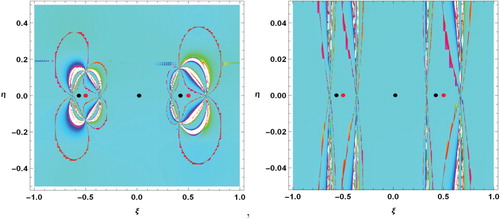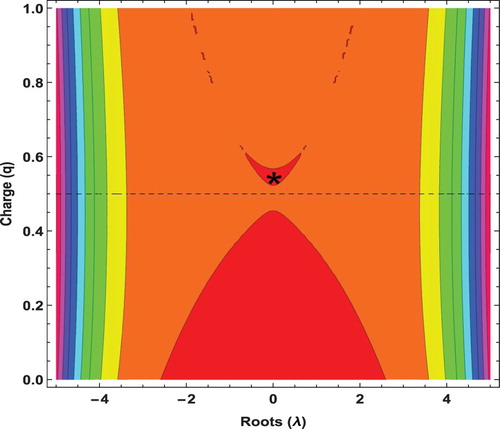Open access
744
Views
5
CrossRef citations to date
0
Altmetric
Research Articles
Effect of variation of charge in the circular restricted three-body problem with variable masses
Abdullah Abduljabar AnsariDepartment of Mathematics, University of Majmaah Faculty of Science Al Zulfi, Al Zulfi, KSA;International Center for Advanced Interdisciplinary Research (ICAIR)New Delhi, India https://orcid.org/0000-0002-8361-810X
https://orcid.org/0000-0002-8361-810X
Rabah KellilDepartment of Mathematics, University of Monastir, Monastir, TunisiaCorrespondence[email protected]
[email protected]
 https://orcid.org/0000-0003-2582-3612
https://orcid.org/0000-0003-2582-3612
[email protected]
Ziyad Ali Al-HussainDepartment of Mathematics, University of Majmaah Faculty of Science Al Zulfi, Al Zulfi, KSA https://orcid.org/0000-0001-8593-0239
https://orcid.org/0000-0001-8593-0239
Wasim Ul-HaqDepartment of Mathematics, University of Majmaah Faculty of Science Al Zulfi, Al Zulfi, KSA https://orcid.org/0000-0001-7148-1890
https://orcid.org/0000-0001-7148-1890
Pages 670-677
|
Received 20 Jan 2019, Accepted 14 May 2019, Published online: 23 May 2019
Related research
People also read lists articles that other readers of this article have read.
Recommended articles lists articles that we recommend and is powered by our AI driven recommendation engine.
Cited by lists all citing articles based on Crossref citations.
Articles with the Crossref icon will open in a new tab.

